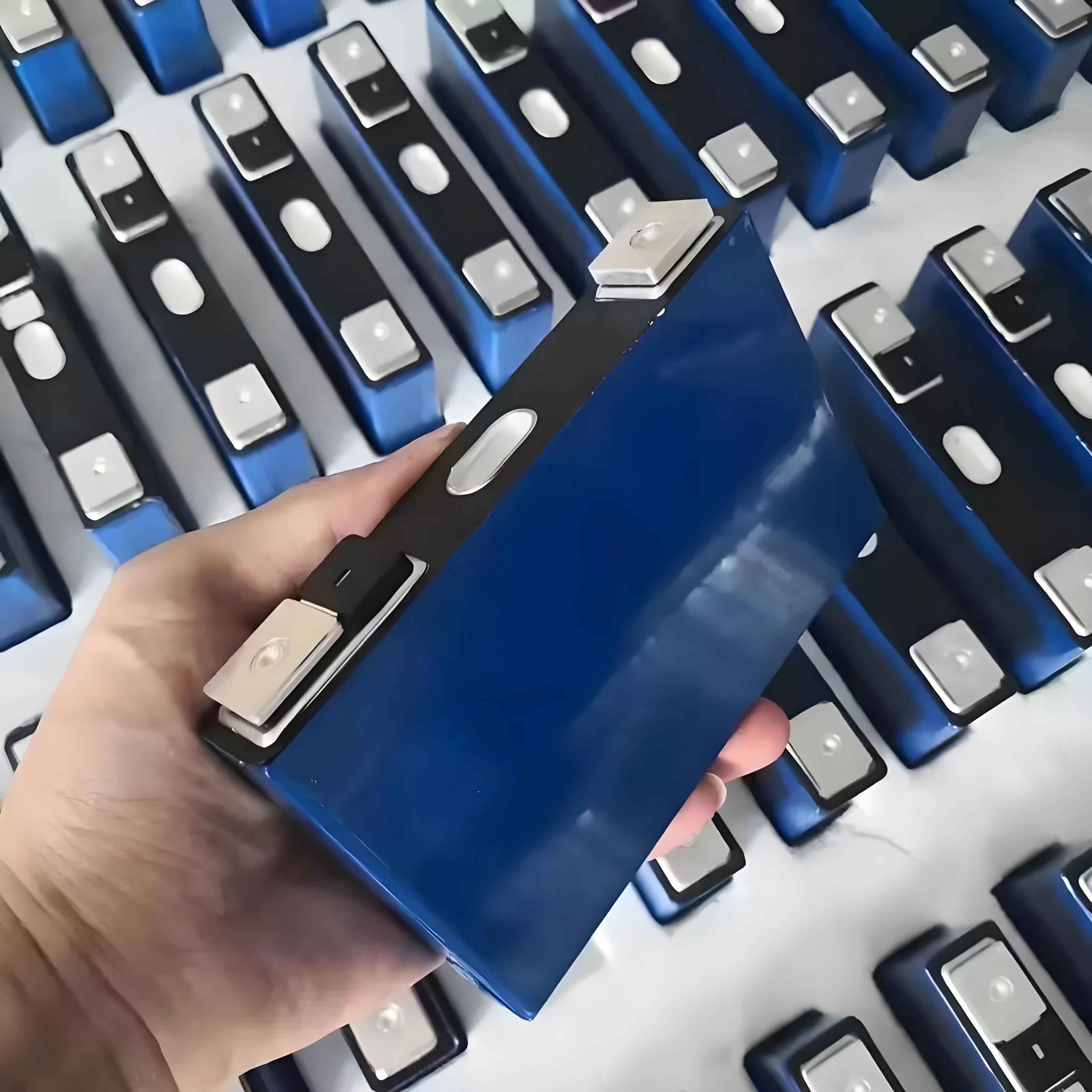As a seasoned analyst tracking the lithium-ion battery industry, I have witnessed an unprecedented surge in the LiFePO4 (lithium iron phosphate) battery market, driven by booming demand, technological breakthroughs, and strategic corporate maneuvers. This article synthesizes key trends, data, and projections to decode the forces shaping this rapidly evolving sector.

1. Market Overview: Demand Outpaces Supply
The LiFePO4 battery market is experiencing a supply-demand imbalance, with prices rising steadily due to capacity constraints and accelerating adoption across electric vehicles (EVs) and energy storage systems (ESS). According to the China Automotive Power Battery Industry Innovation Alliance, LiFePO4 batteries accounted for 74.6% of total battery installations in 2024, up from 56.7% in 2023, with December 2024 alone hitting a record 80.9% market share .
| Year | LiFePO4 Installation (GWh) | YoY Growth | Market Share |
|---|---|---|---|
| 2023 | 261 | 48.2% | 65.1% |
| 2024 | 409 | 56.7% | 74.6% |
The price of LiFePO4 cathode materials has increased by ¥500–1,500/ton since Q4 2024, reflecting both cost pressures and premium pricing for high-voltage-density variants.
2. Technological Leap: High-Voltage-Density LiFePO4
Energy density remains the linchpin of LiFePO4 battery competitiveness. Innovations in compaction density (g/cm³) have emerged as a critical differentiator:Energy Density (Wh/kg)=Voltage (V)×Capacity (Ah)Weight (kg)Energy Density (Wh/kg)=Weight (kg)Voltage (V)×Capacity (Ah)
Leading manufacturers now prioritize materials with compaction densities exceeding 2.6 g/cm³, up from 2.4 g/cm³ in 2023 (Table 2). This shift enhances energy storage capacity by 12–15%, enabling longer EV ranges and reduced ESS footprint.
| Compaction Density (g/cm³) | Energy Density (Wh/kg) | Adoption Rate (2024) |
|---|---|---|
| 2.4 | 150–160 | 20% |
| 2.5 | 165–175 | 45% |
| 2.6 | 180–190 | 35% |
Table 2: Compaction density vs. energy density in LiFePO4 batteries.
3. Corporate Strategies: Securing Dominance Through Mega-Deals
Major players are locking in long-term contracts to stabilize supply chains and capitalize on pricing momentum. Notable agreements include:
- Longpan Tech: Secured a 5-year deal with Blue Oval (2026–2030) and a ¥7B framework with CATL for 2025 deliveries. LG Energy Solution (LGES) also increased its order volume from 160,000 tons to 260,000 tons (2024–2028), valued at ~¥100B.
- Fulin Jinggong: Signed a 14,000 tons/year supply pact with CATL (2025–2027), backed by prepayments to expand its Jiangxi production base.
- Hunan Yuneng and Wanrun New Energy: Reported record Q4 2024 sales, with factories operating through holidays to meet demand.
Order Value (¥B)=Volume (tons)×Price (¥/ton)×Time FactorOrder Value (¥B)=Volume (tons)×Price (¥/ton)×Time Factor
4. Cost Control vs. Innovation: The Balancing Act
While high-voltage-density LiFePO4 products command premium prices, manufacturers face mounting pressure to reduce production costs. Key cost drivers include:Production Cost (¥/ton)=Raw Materials+EnergyProduction Cost (¥/ton)=Raw Materials+Energy
Top-tier firms like CATL and BYD are vertically integrating mining, refining, and cathode production to slash expenses by 15–20%. Smaller players, however, risk margin erosion unless they adopt similar strategies.
5. Future Projections: A $200B Market by 2030
The LiFePO4 battery market is poised for exponential growth, fueled by:
- EV Penetration: Global EV sales are projected to grow at a 30% CAGR through 2030.
- ESS Expansion: Grid-scale storage demand will rise by 40% annually, driven by renewable energy integration.
- Technology Roadmap: Compaction densities could reach 2.8 g/cm³ by 2026, pushing energy densities beyond 200 Wh/kg.
| Parameter | 2025 | 2030 |
|---|---|---|
| Global Market Size | $80B | $200B |
| Avg. Price (¥/ton) | 85,000 | 72,000 |
| Energy Density (Wh/kg) | 185 | 210 |
Table 3: LiFePO4 battery market outlook (2025–2030).
6. Conclusion
The LiFePO4 battery revolution is accelerating, with high-voltage-density products redefining industry standards. As competition intensifies, companies must balance innovation with cost efficiency to secure their positions in this $200B arena. For stakeholders, the message is clear: adapt swiftly or risk obsolescence.
